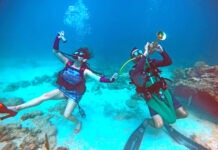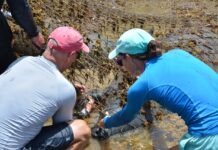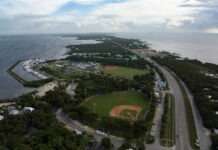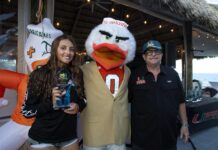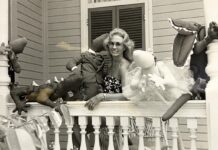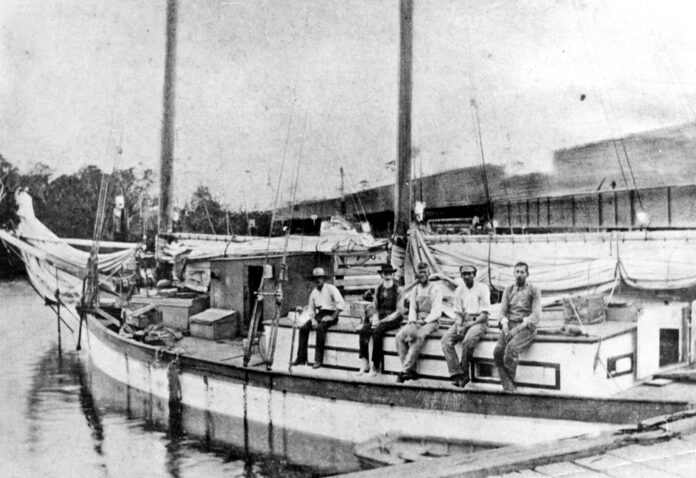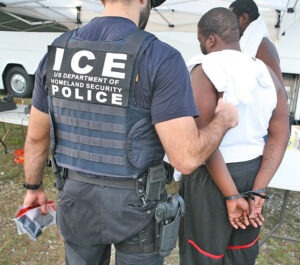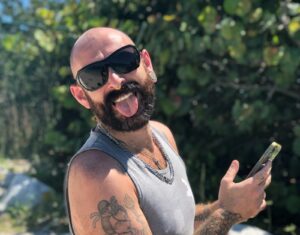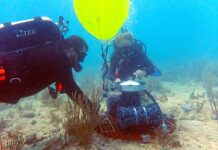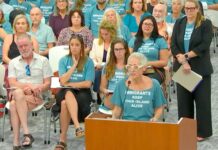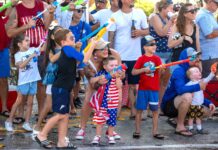This Florida Keys story begins and ends in Key West. Like many told about the archipelago, it reaches well beyond a single island.
The story is mainly about John William Pinder and a little bit about his farm, his schooner and the Red Cross house where he lived before his death. The Pinder name denotes a Bahamian connection, as many of the early pioneer families who came to the Keys from that string of islands shared the names Pinder, Curry, Albury, Johnson and so many more. John William Pinder, like most Conchs, had a nickname.
He was Brush Pinder, and often remembered as John “Brush” Pinder, and not so much as William. He was born in Key West on Dec. 5, 1870. However, Brush is not known for his time in Key West, as his branch of the Pinder family made a name for themselves on Plantation Key in what is today the Islamorada area of the Upper Keys. The 1935 U.S. Census listed John W. Pinder, head of household, as a farmer.
By 1935, Pinder’s Plantation Key farmlands had been established for decades. His homestead stretched from the Atlantic Ocean to the Florida Bay. Brush Pinder farmed pineapples, Key limes and melons, among other crops. These days, when driving across Plantation Key, Pinder’s former fields are easy to spot as they are now home to Founders Park at MM 87.
Before the railroad rocked, steamed and rolled down the island chain, one of the challenges for island farmers was shipping the fruits of their labor to East Coast markets. By 1896, local farmers had two options. Produce could be shipped via steamer from Key West or the railroad from Miami.
To help himself out, Brush Pinder decided to build a schooner. He hired a gentleman, a Bahamian described as part Black and part Indian, named “Old Whiskers” Wilkerson to work alongside Pinder and John Watkins, who traveled up from Key West to build the ship. The schooner was constructed on the Atlantic shore of Brush’s homestead, and according to the stories told about the ship, Wilkerson “eyeballed” the construction of the 60-foot, two-masted, flat-bottomed, centerboard schooner designed to navigate the shallows and shoals surrounding the island chain.
Sarah Albury, the oldest child of Brush Pinder, recalled the 1903 launch of the ship – christened the Island Home – in Nikki Beare’s “Pirates, Pineapples, and People.”
“It was a sight and event I’ll never forget. All of the children were so excited. None of us had ever seen so much excitement. Everyone was laughing and joking. Oh! We all had a happy time that night.”
One of the primary uses of the vessel was shipping Pinder’s pineapples and Key limes to Miami, where they could be loaded onto the East Coast Railway train cars and reliably ushered to market in a matter of days. The Island Home transported more than fruits and vegetables, including mail, daily staples like coffee and sugar and friends and family traveling between Miami and Key West. According to a history of the ship told in the book “Key Largo Island Home” (The Key Largo Foundation Inc., 1967), during the dry season, the schooner transported barrels of fresh water “from the springs on the west shore of Key Biscayne” to Key Largo communities.
For those unfamiliar with the schooner, you have heard the name Island Home in one form or another, even if you do not realize it. While many stories have been told about Islamorada being the Purple Isles, the name has nothing to do with what is one of my favorite colors. It was named for Pinder’s schooner. Islamorada was a railroad town established by one of Henry Flagler’s engineers, William J. Krome, circa 1907. Krome named the new townsite Islamorada, a Spanish name that can be broken down to “isla” for island and “morada” for home.
Five years later, Flagler’s train linked Miami and the mainland to Knights Key, located at the foot of what is today the Seven Mile Bridge. When it did, produce from Upper and Middle Keys farms became easier and more reliably shipped to markets. According to Brush’s daughter, the Island Home was sold in 1923 to a Miami businessman. In a story printed in the April 5, 1926 edition of the Key West Citizen, the Island Home was captured by the U.S. Coast Guard Patrol Boat C.G. 299 with 1,800 cases of liquor and 600 cases of alcohol on board. The schooner, renamed Madan, and its crew were apprehended 22 miles west southwest of Egmont Key (offshore of St. Petersburg on Florida’s west coast) and towed to Mobile, Alabama.
Without his schooner, John “Brush” Pinder traveled between his farm on Plantation Key and his family at Key West aboard the Key West Extension of Henry Flagler’s East Coast Railway. That stopped when the 1935 Labor Day Hurricane devastated the Upper Keys and ended the run of Flagler’s train.
Brush Pinder’s Plantation Key home was destroyed in the storm. In the aftermath, 28 Red Cross or hurricane houses were built for those families who lost everything in the Category 5 storm – still considered the strongest hurricane to make a North American landfall. While most of the “storm-proof” homes were built on Upper Matecumbe Key, a few were built on Plantation Key and Key Largo.
One was built for Brush Pinder and his family. For anyone who has driven across Plantation Key over the course of the last 87 years, his house is the one built next to the Old Highway, across from Founders Park, at MM 87. It has since been painted yellow and blue (or green).
John William “Brush” Pinder died in 1946. He was buried at the Key West Cemetery.


